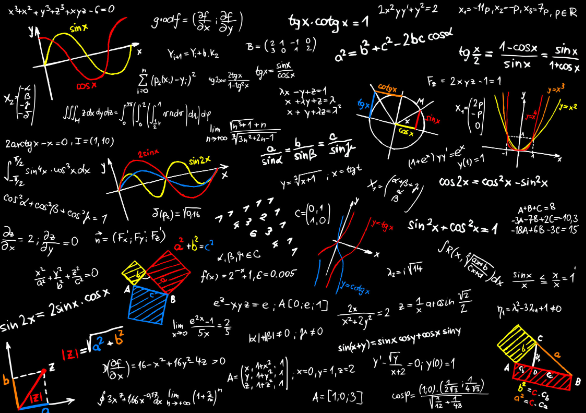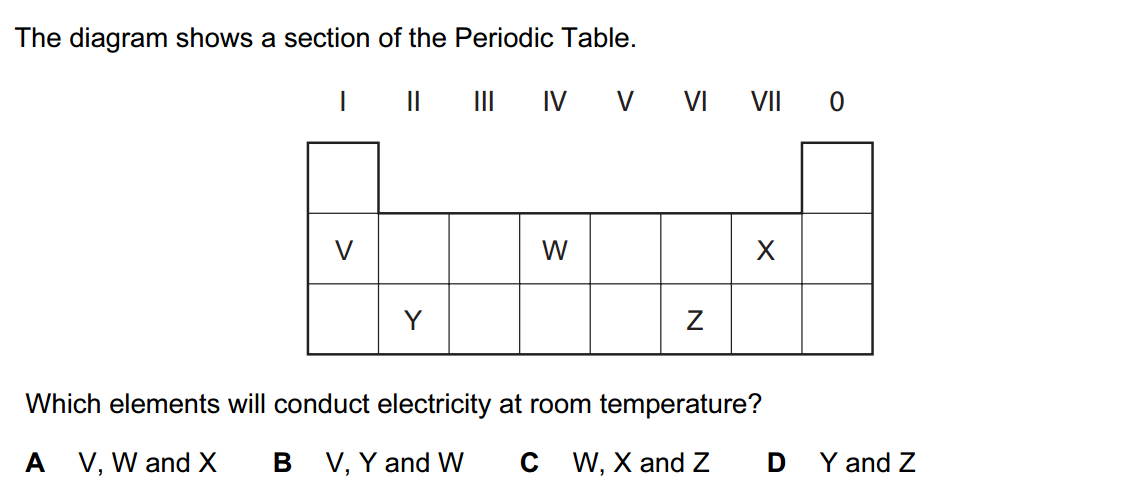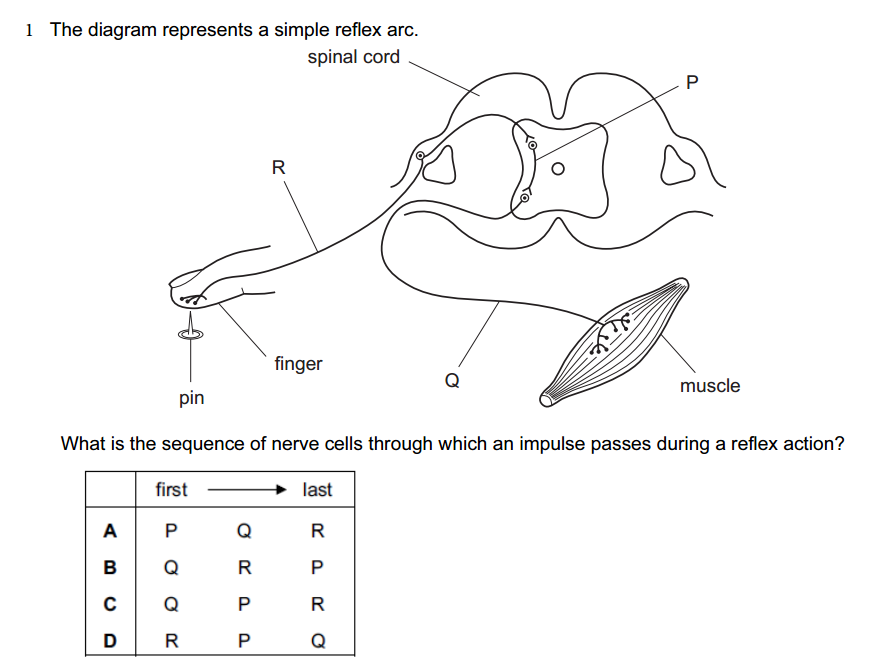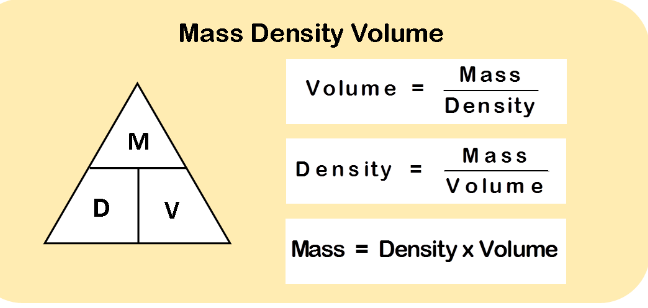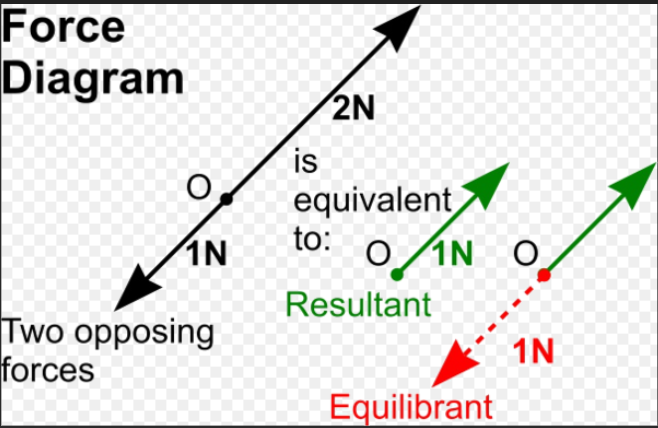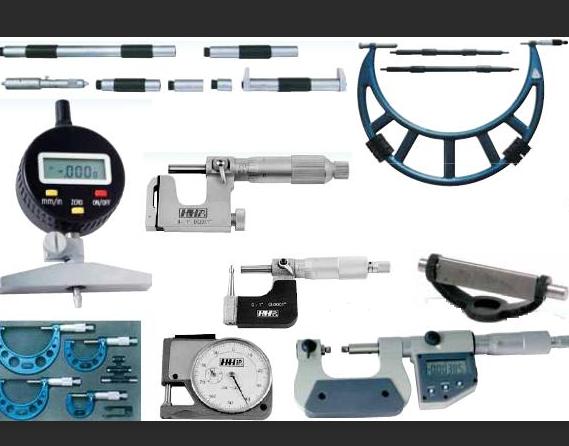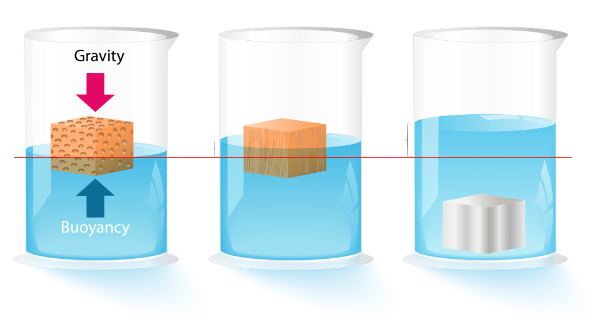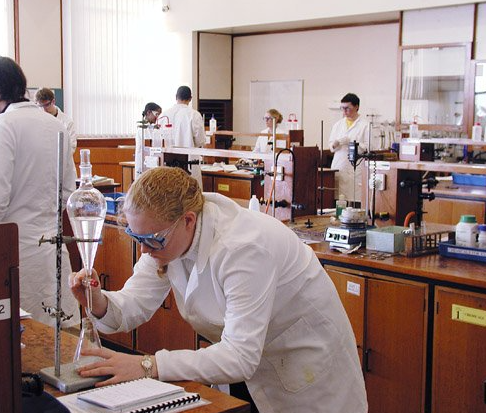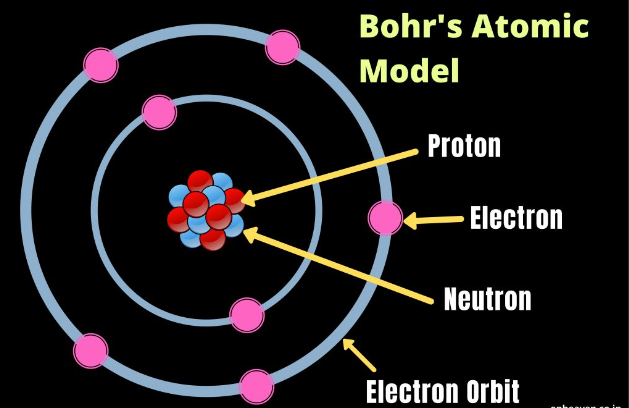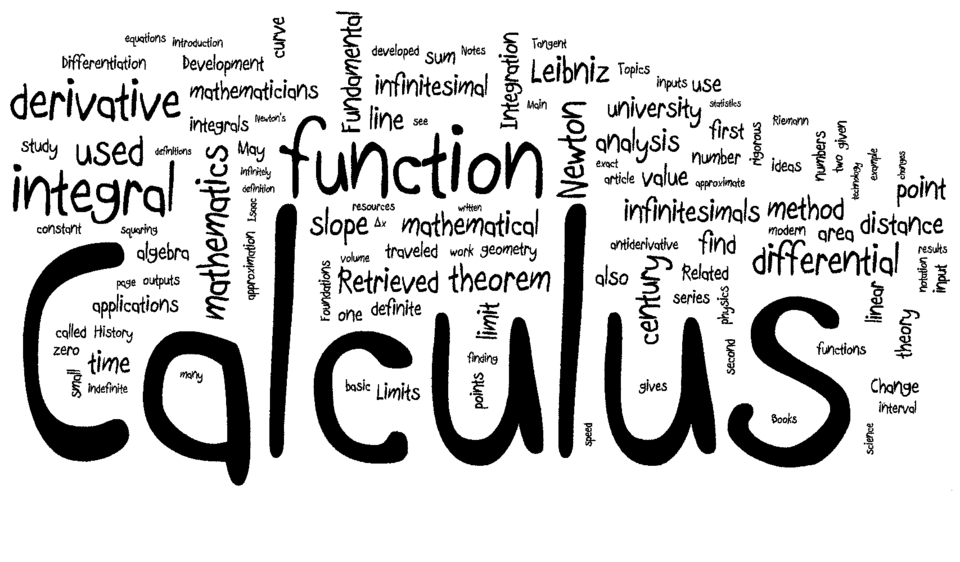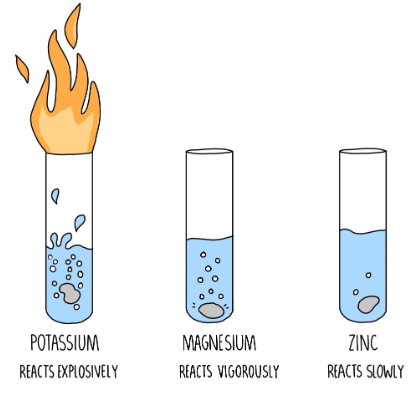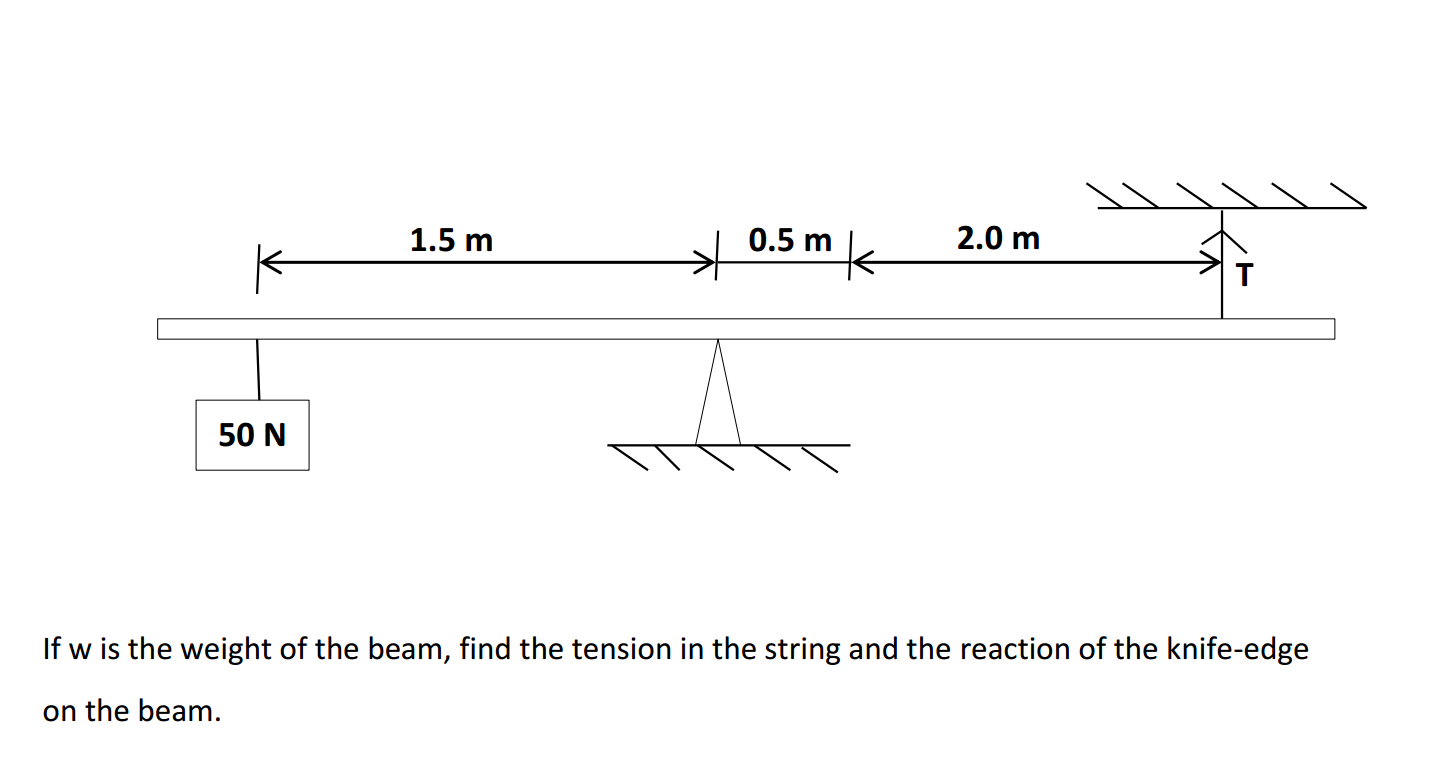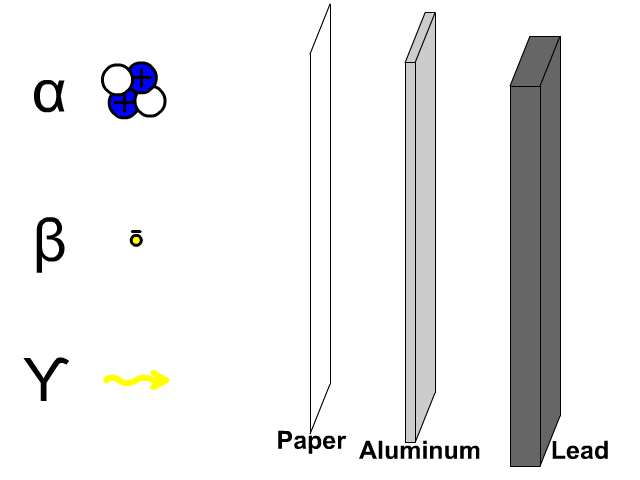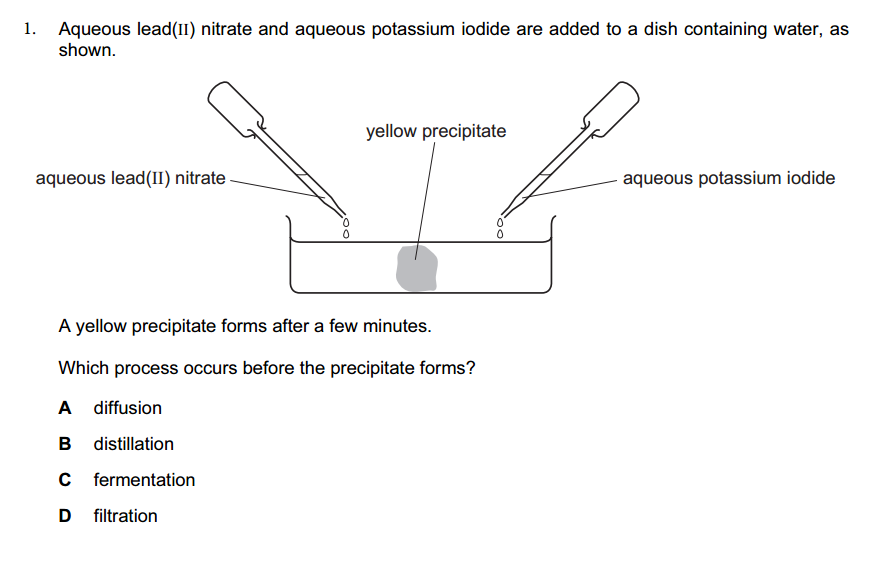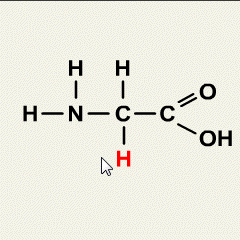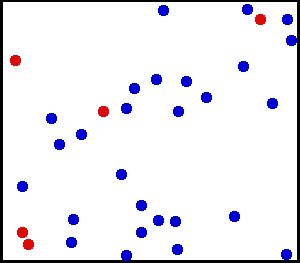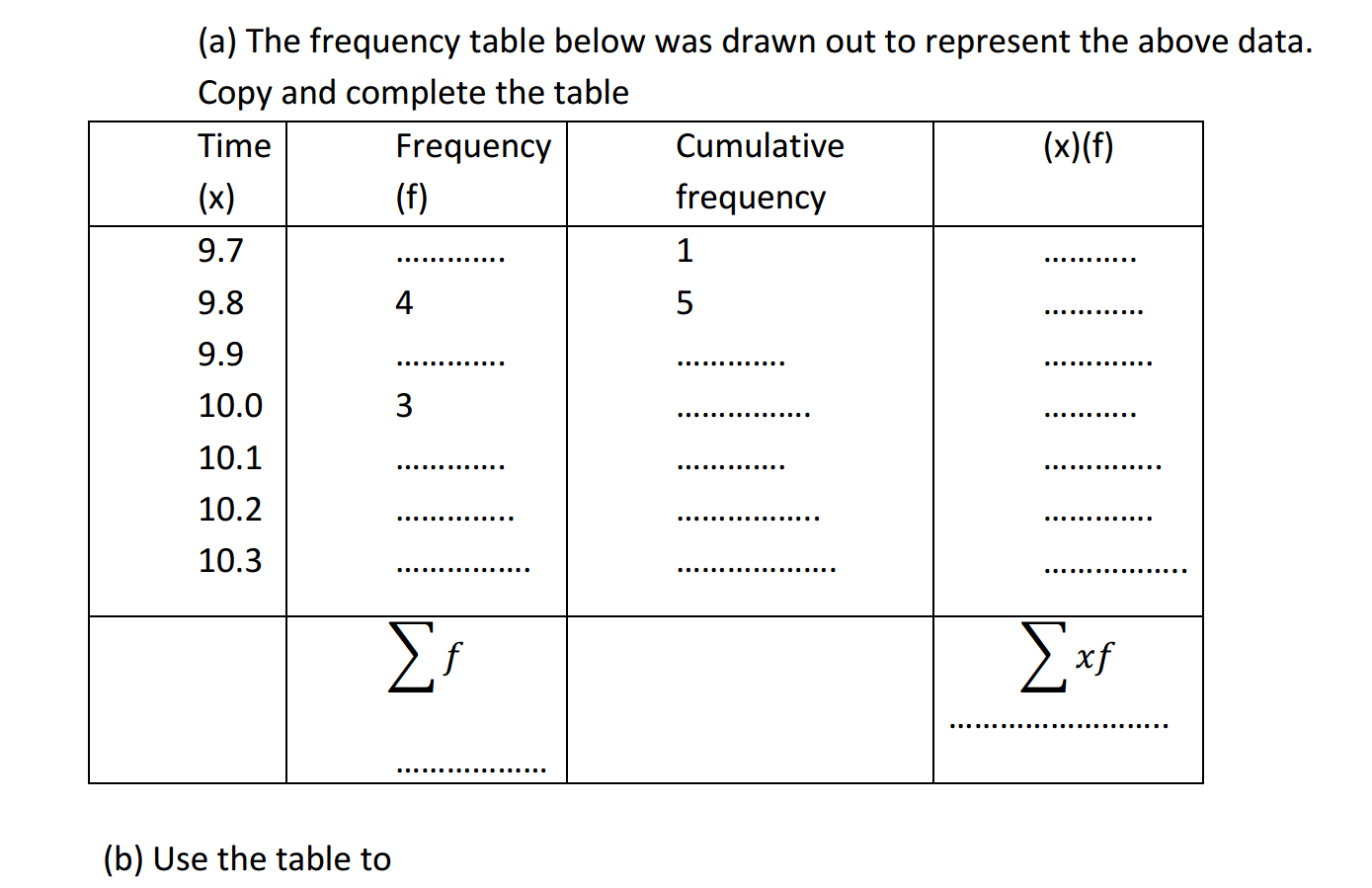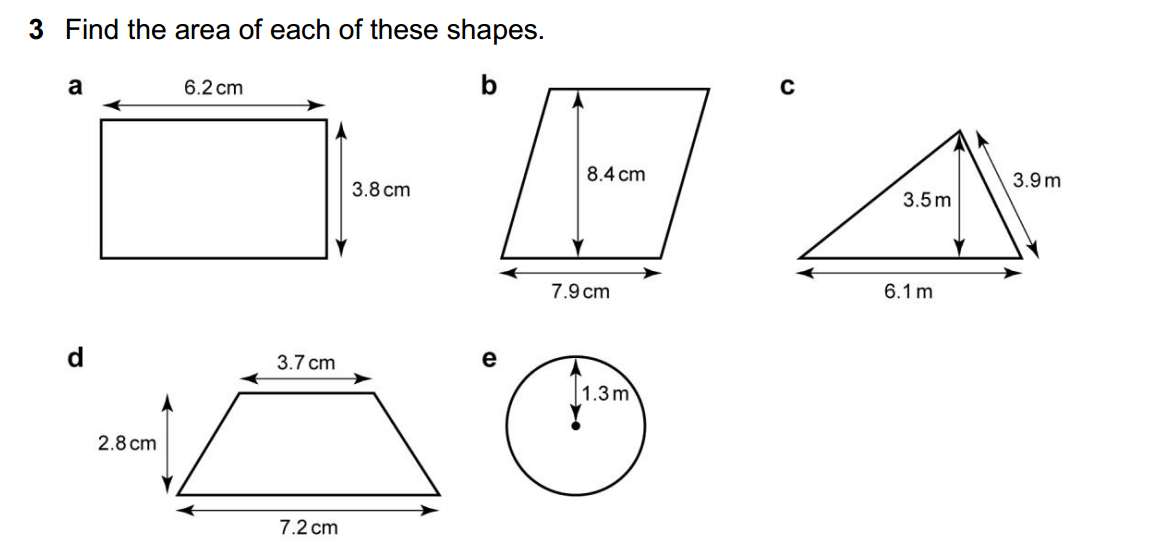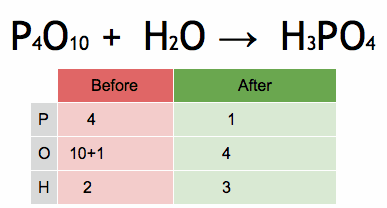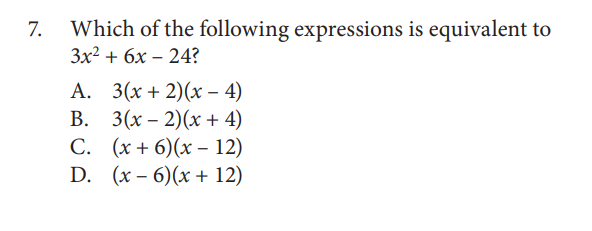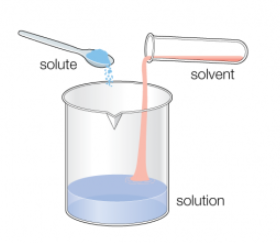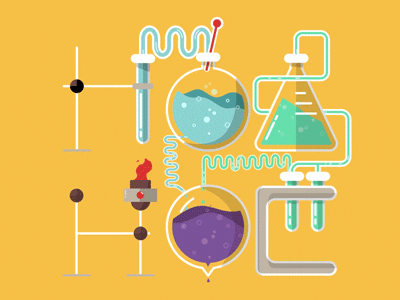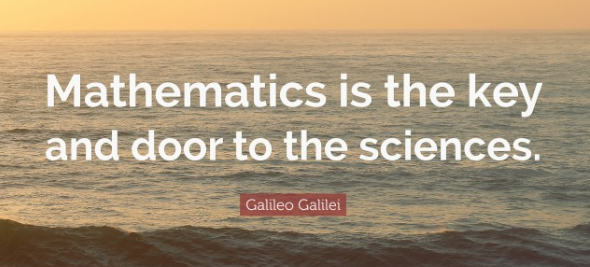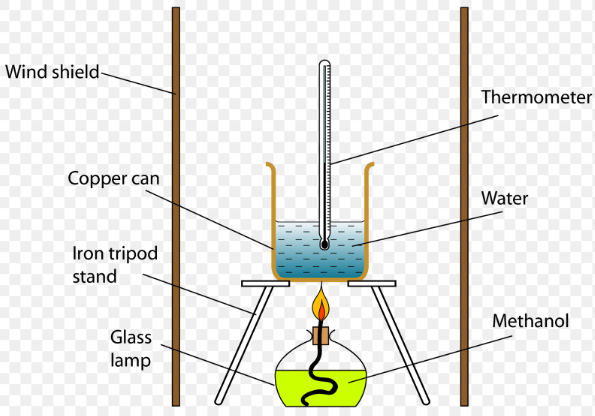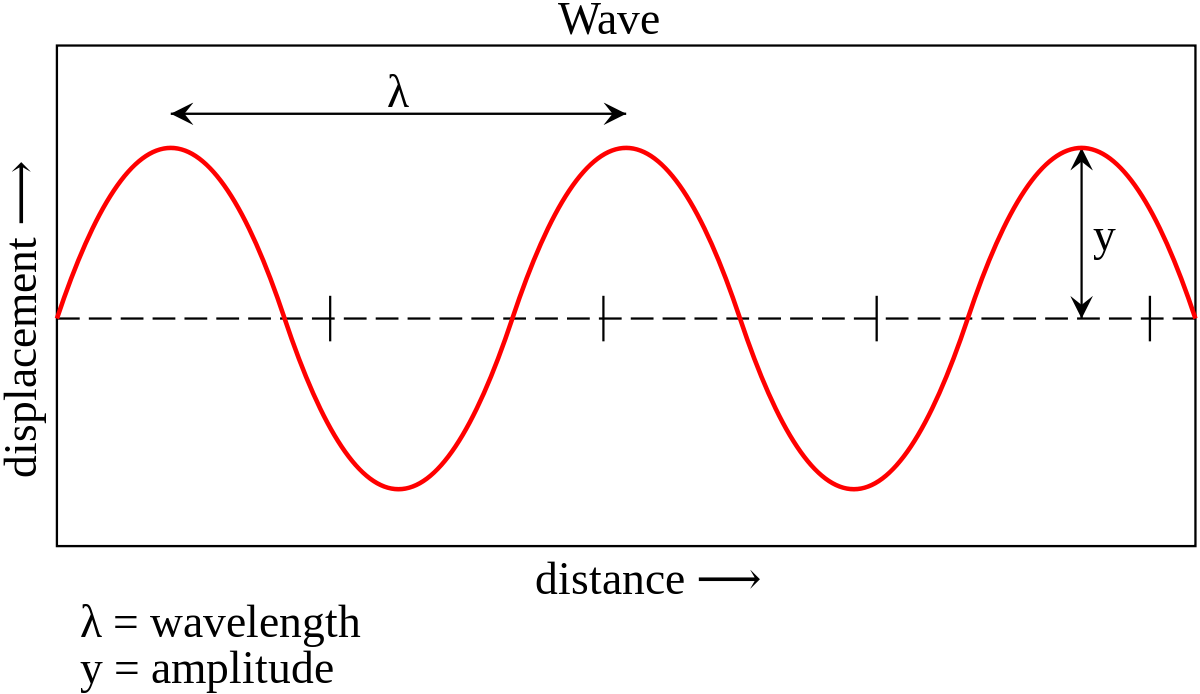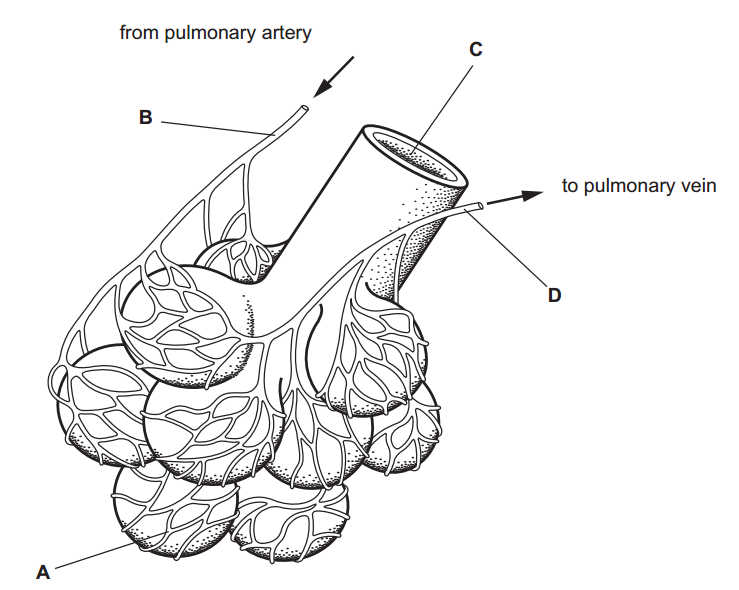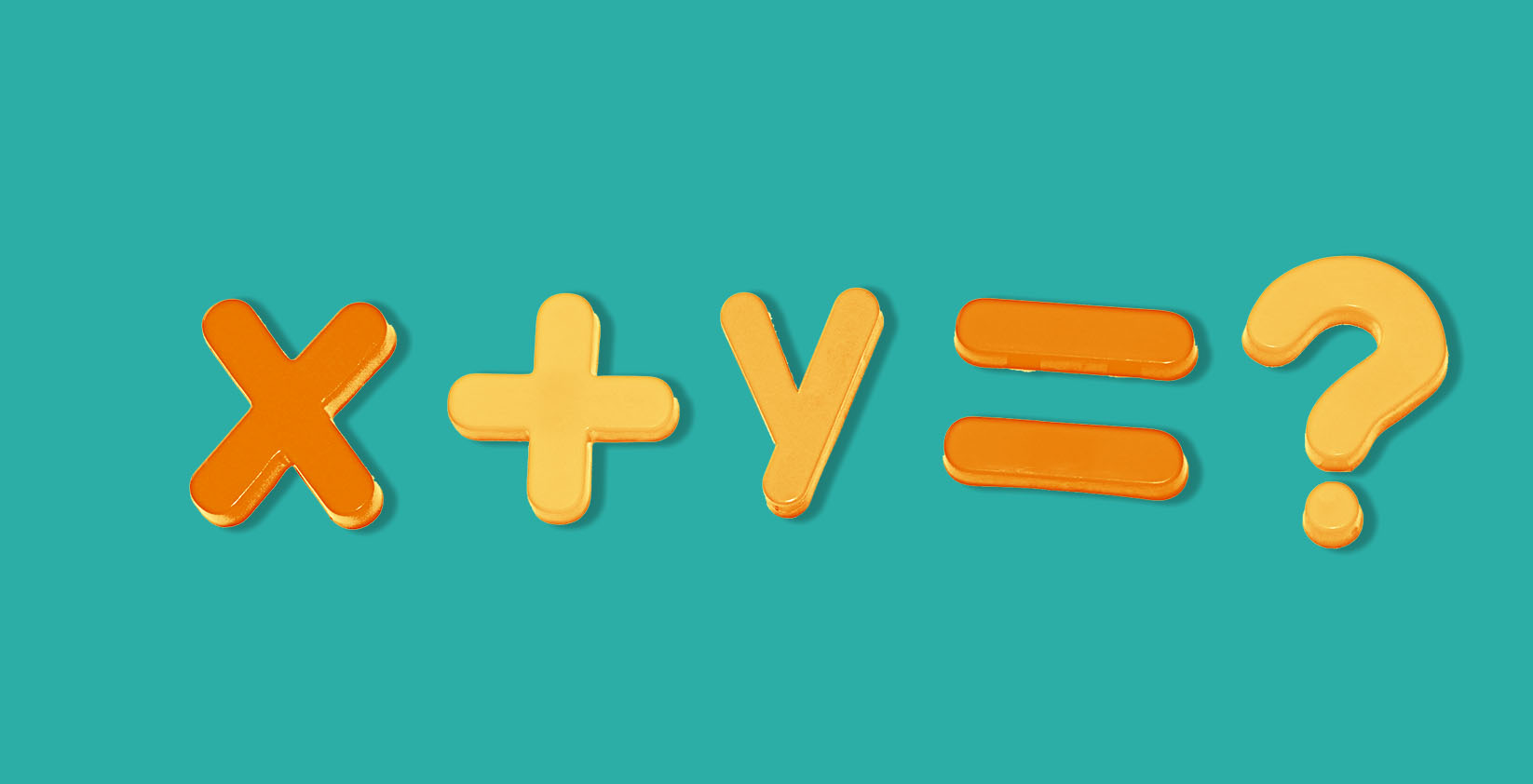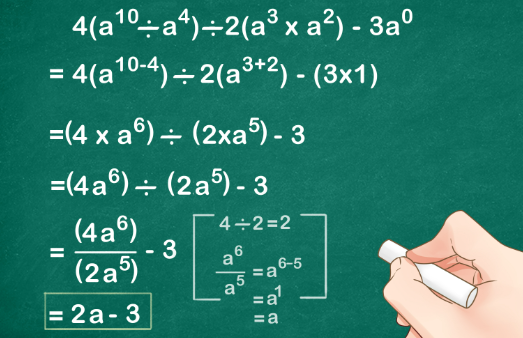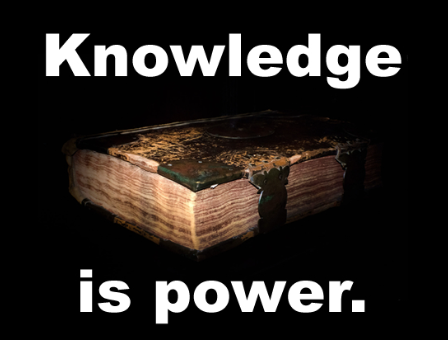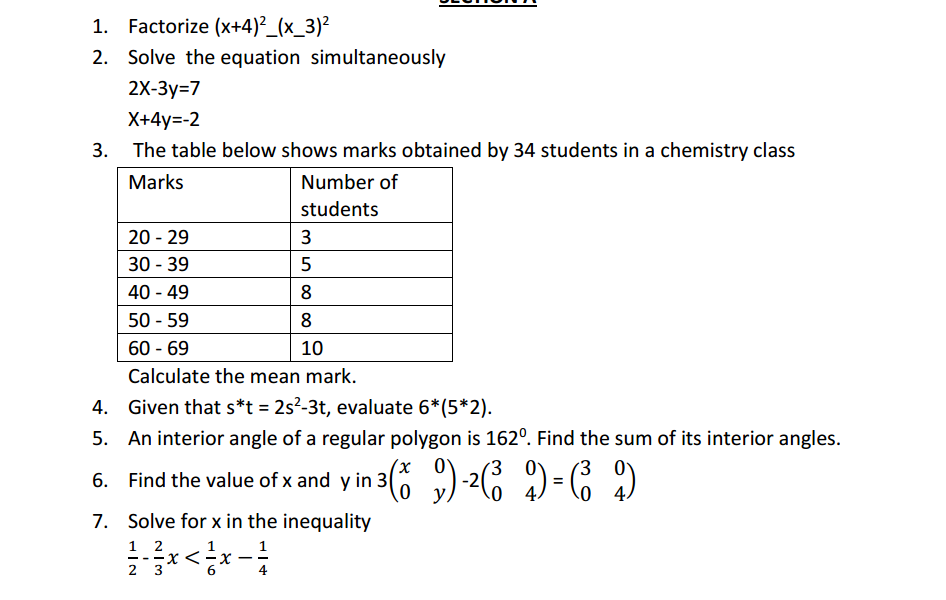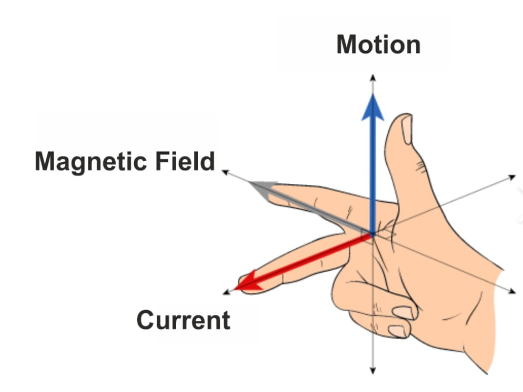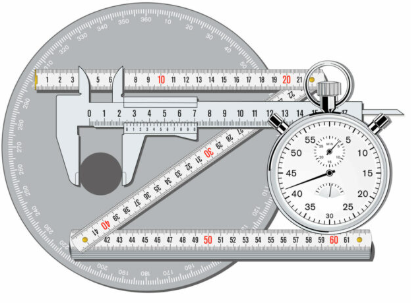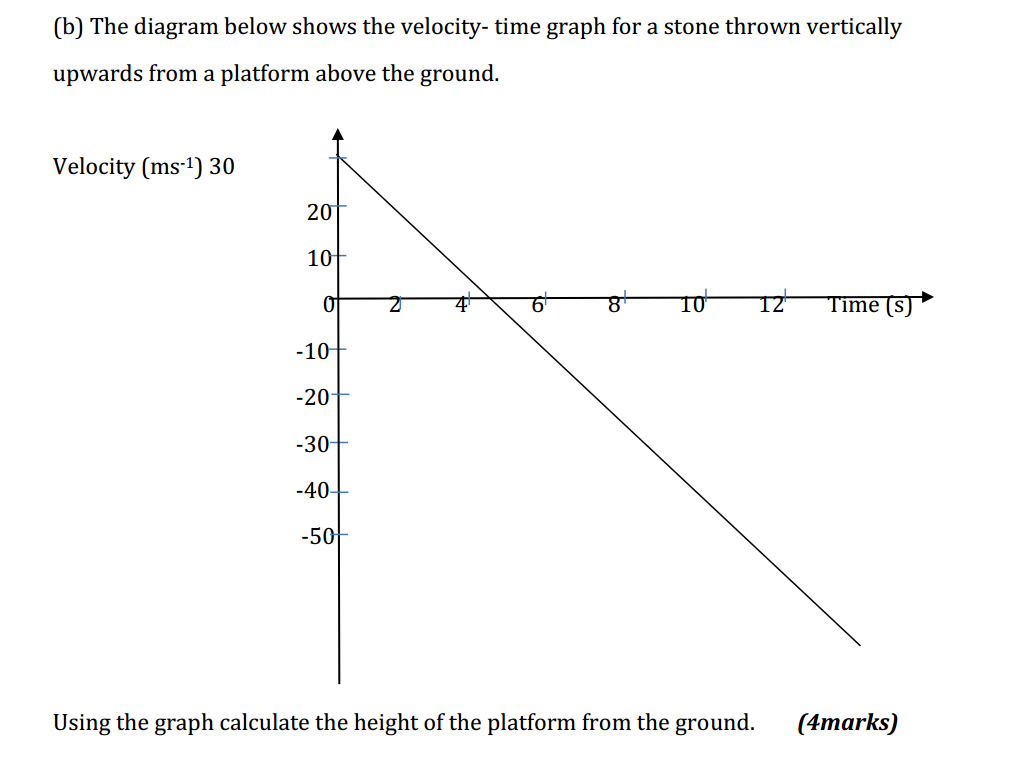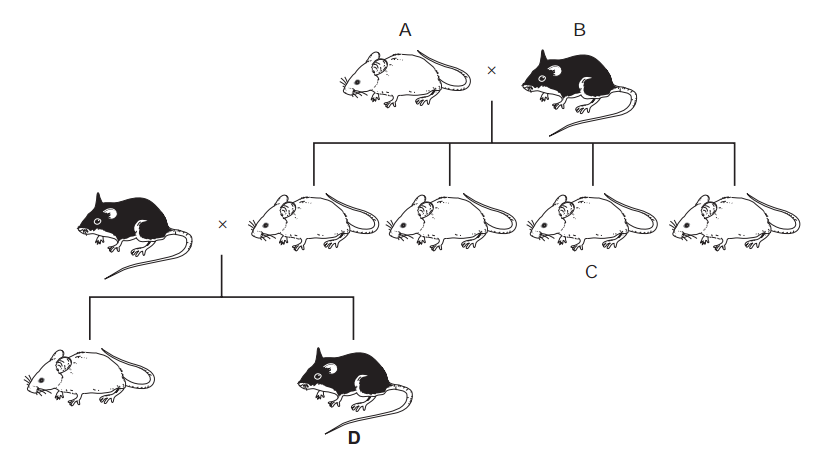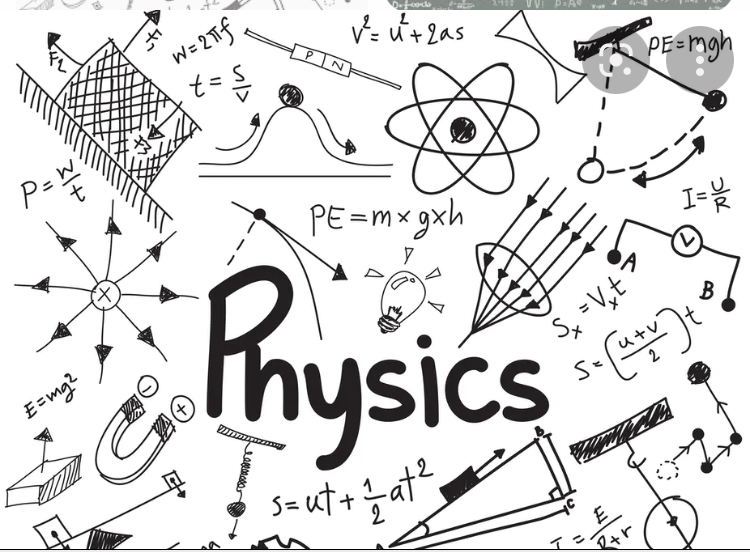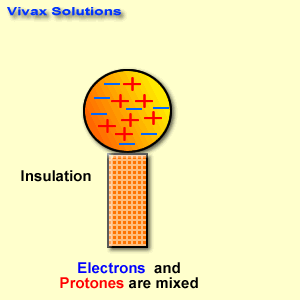Here are a variety of questions spanning different areas of the subject.
- What is the difference between scalar and vector quantities in physics?
- Explain the concept of displacement and distance, and how they differ.
- Discuss the various types of motion with examples.
- How does acceleration relate to velocity and time?
- Explain Newton’s first law of motion using real-life examples.
- Discuss the difference between mass and weight.
- How does friction affect motion?
- Describe the factors affecting terminal velocity.
- Explain the concept of work in physics.
- Discuss the relationship between work, force, and displacement.
- How does mechanical energy differ from other forms of energy?
- Describe the law of conservation of energy.
- Explain the difference between kinetic and potential energy.
- Discuss the concept of power and its units.
- Explain the principle of moments and its applications.
- How do levers, pulleys, and gears affect mechanical advantage?
- Discuss the principles of simple machines.
- Describe the different types of waves and their characteristics.
- Explain the behavior of waves when they encounter boundaries.
- Discuss the principles of reflection and refraction of light.
- How does the human eye work as an optical instrument?
- Explain the formation of images by convex and concave lenses.
- Discuss the properties of magnets and magnetic fields.
- Explain the difference between ferromagnetic, paramagnetic, and diamagnetic materials.
- Describe how electric charges interact with each other.
- Discuss the principles of electrostatics.
- Explain the concept of electric field strength.
- Discuss the relationship between electric current, voltage, and resistance.
- Describe the behavior of resistors in series and parallel circuits.
- Explain the working principle of electric cells and batteries.
- Discuss the effects of temperature on resistance.
- Explain the difference between AC and DC circuits.
- Describe the principles of electromagnetic induction.
- Discuss the applications of electromagnetic induction.
- Explain the structure and principles of operation of transformers.
- Describe the various sources of energy and their impact on the environment.
- Discuss the advantages and disadvantages of renewable energy sources.
- Explain the concept of nuclear fusion and nuclear fission.
- Discuss the uses and dangers of nuclear energy.
- Describe the principles of radioactivity and its applications.
- Explain the structure of the atom and its components.
- Discuss the different types of radioactive decay.
- Explain the concept of half-life and its significance.
- Describe the principles of nuclear reactions.
- Discuss the applications of nuclear physics in medicine.
- Explain the difference between series and parallel circuits.
- Discuss the principles of capacitance and its applications.
- Explain the behavior of capacitors in series and parallel circuits.
- Describe the principles of semiconductors and their applications.
- Discuss the concepts of doping and rectification in semiconductor devices.
These questions cover a wide range of topics in O Level Physics and can serve as a starting point for discussion and exploration of the subject.



